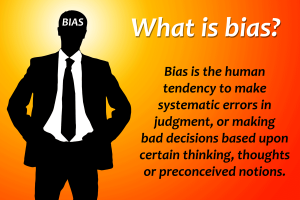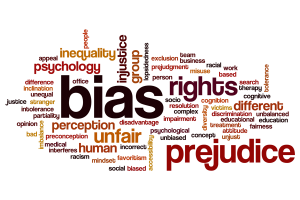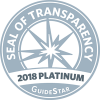
The Los Angeles County Regional Training Center is now:
The Regional Training Center
Background
 Research has shown us that we all have deep unseen biases that include racial bias. Consider the study conducted by the Urban Institute; researchers sent actors with similar financial credentials to the same real estate or rental offices to ask about buying or renting a home or apartment. In the end, no matter where they were sent, the actors of color were shown fewer homes and offered fewer discounts on rent or mortgages than those who were white. The results even surprised some of the actors of color; they felt they had been treated politely, even warmly.
Research has shown us that we all have deep unseen biases that include racial bias. Consider the study conducted by the Urban Institute; researchers sent actors with similar financial credentials to the same real estate or rental offices to ask about buying or renting a home or apartment. In the end, no matter where they were sent, the actors of color were shown fewer homes and offered fewer discounts on rent or mortgages than those who were white. The results even surprised some of the actors of color; they felt they had been treated politely, even warmly.
Law enforcement personnel, already predisposed to cynicism, are extremely susceptible to deep and even unknown biases. One cannot expect a person to spend a career that is focused on looking for the bad in people to see the world with objective clarity. Moreover, based on this job, it is human nature for law enforcement personnel to instantly judge others. The officer safety aspect of quick judgments is a legitimate concern, but upon the backdrop of unrealized selective treatment as revealed in the racial/real estate study, it is hard to believe that law enforcement personnel would naturally treat people with complete equality.

According to TrustandJustice.org, research suggests that biased associations can be gradually unlearned and replaced with nonbiased ones. Perhaps even more encouragingly, one can reduce the influence of implicit bias simply by changing the context in which an interaction takes place. Mitigation strategies begin with sincere awareness of biases, and then require behavioral shifts to “unlearn” them. Only through outcome-based training that secures the affective buy-in of law enforcement personnel can we hope to create equitable policing services.
Executive Summary
This course is made up of student-centered learning activities that allow attendees to safely understand their own biases with a scientific approach. The curriculum design avoids an accusatory tone and focuses on objective facts revealed directly to each student by their own in-class discovery. Students learn in a safe environment with exercises that reveal deep personal preferences (biases) on things that are not at all controversial. It is a dynamic way to see things we like based on how we were socialized. Ultimately, students individually decide how they will apply the knowledge and skills learned that teach them to recognize their own implicit biases and how to mitigate them.
Course Objectives
- Given four learning activities based on sociological studies using photographs, large-group facilitated discussion, and an instructional video, the students will identify at least three commonly held hidden biases.
- In a large-group facilitated brainstorm or working in small groups, the students will list at least four strategies to mitigate or eliminate biases.
- Working in small groups, the students will explain the effects of racial profiling and racial profiling laws.
- Working in teams, the students will score at least 70% on a multiple-choice test on Implicit Bias and Racial Profiling.
Students’ statements on how they will apply course material:
- “Continue to guard against preconceived notions unrelated to criminal behavior/actions.” “Thought-provoking.”
- “Be conscious of my wiring and how that affects my decisions.” “Good presentation. Very interactive. Good use of the game at the end.”
- “Try to think about my car stops/contacts more.” “Great class. Honestly thought it was going to be stale, but you crushed it.”
- “Keep racial profiling/bias in mind and be more aware of personal hard wiring.” “Good class.”
- “Take my own, and others, hard wiring into account.” “Good interactive class with group work and participation.”
- “Apply this material by being aware of my wiring. Good class with great presentation.”
- “Be more aware of why I’m making the decisions I make daily.” “Great instruction period and instructor.”
- “Be more cognitive of subconscious bias.”
- “Hopefully better awareness and less apt to jump to conclusions.” “This was a helpful class. Thank you!”
- “Best class ever!”
- “Will be conscious of my biases and how it may influence behavior.”
- “Know that I have bias and do what I can to rewire”
- “Material is directly relevant to my current assignment. Many thought provoking topics were discussed and reviewed.”
- “Recognize my biases and confront them.”
- “Everyday your bias are at work… you must work to properly identify and react to those bias.”
- “These are good reminders to that we continue to improve our profession and community trust.”
- “Learning to detect implicit biases I have and re-wiring them before they may cause harm.”
Course Information
Part Number: RIB-22-8 (8-hour) :: RIB-22-4 (4-hour)
Course Length: Variable format – 1 day (8 hours) or two 4-hour sessions per day
Max Class Size: 30 / 60 students
Prerequisites: None
Technical Level: N/A
Student Requirements: None
Recommended For: Field personnel and Supervisors
Notes: In the 4-hour format there is a morning and afternoon session. Each session can accommodate up to 30 students
Course Presentation Requirements
- Classroom large enough to accommodate 30 students, five groups of six students per table (recommended 6’ round tables).
- One six-foot standard rectangle banquet-style table with one chair for the instructor (located in the back of the room)
- Internet Access
- Podium (If available, not required)
- Audio, projector & screen or equivalent flatscreen TV system for presentations
- All COVID-19 protocols, testing, cleaning, and supplies are the responsibility of the host agency
Course Scheduling
 LACRTC, America’s leading Unmanned Aircraft Systems training innovator and largest certified California public safety trainer, is pleased to announce that they have partnered with Khepra Inc. to present their training courses through the U.S. General Services Administration (GSA) Federal Supply Schedule under Contract Number 47QTCA1800KZ. LACRTC courses can be found in Special Item Numbers 611512 – flight training.
LACRTC, America’s leading Unmanned Aircraft Systems training innovator and largest certified California public safety trainer, is pleased to announce that they have partnered with Khepra Inc. to present their training courses through the U.S. General Services Administration (GSA) Federal Supply Schedule under Contract Number 47QTCA1800KZ. LACRTC courses can be found in Special Item Numbers 611512 – flight training.
To schedule training:
John Laskowski
Khepra Inc.
(805) 914-5800
www.khepra.com
Mailing Address:
17595 Mt Herrmann St.
Fountain Valley CA 92708
office: (888) 782-4969
support@thertc.org
Search

© The Regional Training Center 2022
